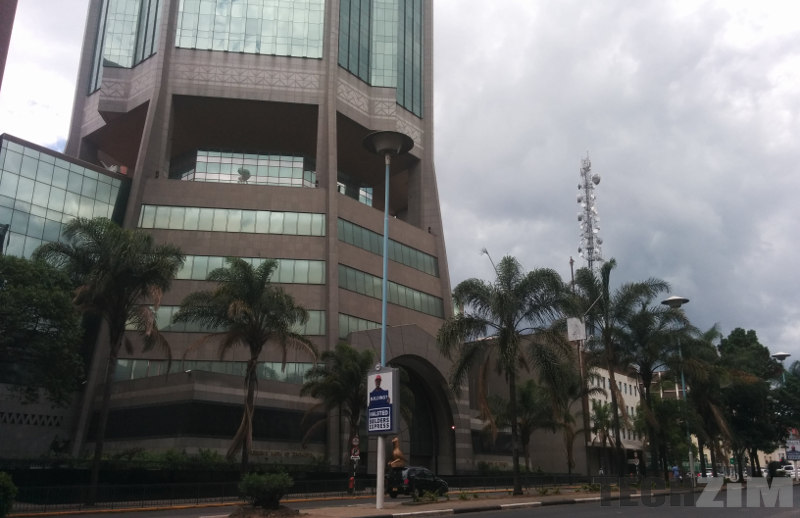Last month the RBZ governor finally let the bond and RTGS balances loose. The government was essentially dispensing with the fiction that bond notes were on par with the USD due to the fact that they were backed by some mysterious Nostro facility.
The hope was that the introduction of a market based rate instead of an arbitrary government set rate would result in better inflows of foreign currency. Well, according to the RBZ and other government officials forex inflows have improved but as with all things no one is saying by how much.
In the absence of concrete official information we are left to speculate and rely on other sources. The governor dropped a hint during today’s hearing. A significant amount ( $24 million in US dollars we assume) has already changed hands ever since the interbank market rate was introduced. The information was seized upon by analysis’s at Equity Access who went on to extrapolate other information.
FOREX TRADING UPDATE About $24 million exchanged hands on interbank market since it was promulgated. Average $2.4m a day. Zim average Import deduced daily forex demand $$19.6m a day. 11.03.19 – interbank mid rate showing upwards pressure
— EQUITY AXIS (@EquityAxis) March 11, 2019
If this is to be believed it means $2.4 million dollars is changing hands everyday. One thing to note though is that only big formal businesses seem to be taking part in the foreign market with small and informal businesses left to rely on the black market. Most banks, as they have done before, simply refuse to sell foreign currency to individuals.
A joke is often told on social media of how Tindo ( or what’s her name?) after reading the latest Monetary Policy quickly visits his/her bank in search of forex. She/He patiently waits in line until it is her/his turn to be served on the information desk. She asks how s/he can get forex to boost her/his business. She/He is then told: You are a willing buyer but you missed the part about the willing seller. You are willing but we are not.
Is this rate really free
Today Mr Mangudya was quarried about by parliamentary committee on Budget, Finance and Economic Development on various issues. One of these issues was the exchange rate. How on earth did he come up with 2.5 when the black market was using 3.5-4.0? Like a skilled public servant he gave a non-answer answer.
Why Should The Economy Be Governed By Someone Who Just Arbitrarily Declares An Exchange Rate On Social Media– He quipped.
Well, if we remove the social media part we can turn the question back to him. Why should the Zimbabwean Economy be governed by someone who just arbitrarily declare the exchange rate? Because despite being higher than what it was there remains a cloak on how the interbank rate operates exactly. In fact it has the government’s fingerprints all over it. Despite all upwards pressure it has remained strangely pretty much stagnant.
One indication that all is not well is the fact that the black market has hardly budged from its pre-floating position. This is despite the governor’s promise that this would actually come down. As my colleague so ably points out, it appears that the black market rate is more market based than this so-called interbank rate.
The government continues down the opaque path
One of the reasons why Zimbabwe ranks so low in business indexes is because of the opaque way it is governed. The RBZ has not been different. They structured the interbank trading exercise in such a way that they are the center of everything. Yet they have systematically starved us of information which is being fed to us by way of morsels dropped in passing.












